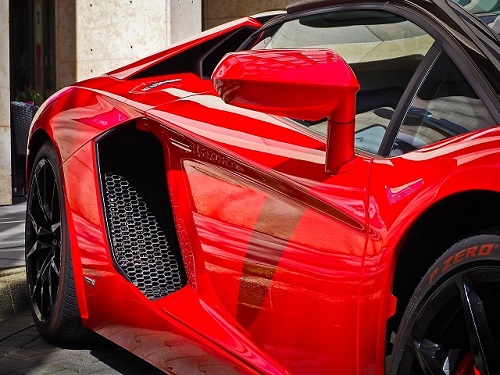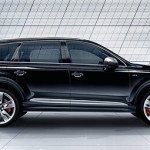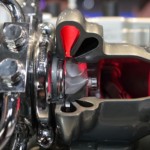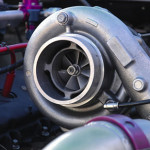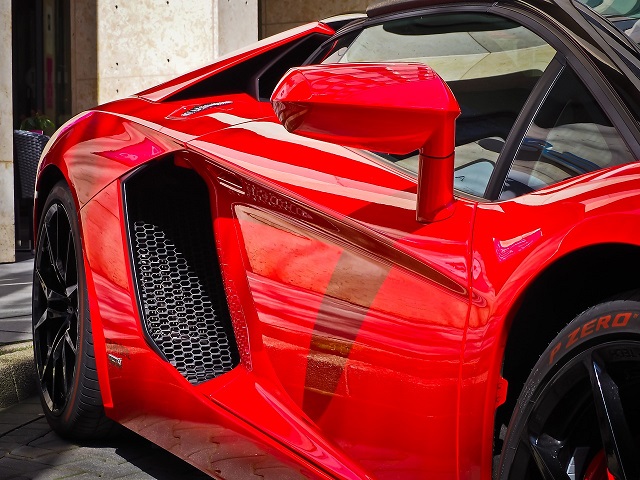
Building on the reliability of current turbochargers, hybrid turbochargers are poised to deliver improved performance over its predecessors.
Auto manufacturers have come to rely so heavily on the dependability on products of modern turbo suppliers that nearly every quarter of new vehicles sold in North America is equipped with turbochargers – and it’s estimated that in half-a-decade almost fifty percent of the world’s new light-weight vehicles will have one.
Electric Hybrid Turbochargers
Turbochargers universally suffer from boost-lag, which is the delay felt between the time it takes for exhaust gases to build up to optimum levels and the experienced boost. In a hybrid electric turbo system the turbo is equipped with a DC electric motor-generator that’s mounted on the shaft that connects the turbine and compressor that spins it in the absence of sufficient exhaust gases to negate the lag.
A supercapacitor is used to store up electricity generated by the excess gases that otherwise would be wasted, ensuring that the DC electric motor is powered. The electricity can also be diverted to other systems. Cars with this system would not only eliminate the boost-lag associated with conventional turbos but also improve fuel efficiency.
Turbo Kits for Sale – contact APT-Turbo, the best Turbo Supplier in Malaysia.
However, electric hybrid turbochargers do suffer one major hitch: electric turbos run on a 48-volt electrical network – most cars run on 12-volts. This means that a 48-volt battery needs to be fitted along with the hybrid turbo kit into the car, and finding space for it may be a challenge.
Automakers Audi has hinted that it plans to equip its production cars with both electric and standard chargers – and that they should be available in the market by 2016. Mercedes-Benz says that the technology is relevant and plausible if combined with a 48-volt system or higher.
Variable vanes and higher pressure Hybrid Turbochargers
While a common solution to dealing with boost lag is to employ a two-stage turbo system (also called a twin-turbocharger) where a smaller turbo that takes advantage of lower pressures to produce low revs and a larger one when gas pressures reach maximum levels – variable-vane turbos, a.k.a. variable geometry turbo charger (VGT) or variable nozzle turbo charger (VNT), are another way to deal with boost-lag.
In this system, ‘vanes’ in the turbine housing are electrically controlled and work like flaps to direct exhaust gases. When the flaps are ‘closed’, the passage is narrowed, causing gasses to be funneled in which accelerates it (Bernoulli’s Law). This is turn spins the turbine blades faster. This is useful in reducing boost lag at low engine RPMs.
However, as engine RPMs go up so does volume of incoming exhaust gases. To accommodate this, the flap are ‘opened’, allowing the full force of this massive gas flow to be directed onto the turbine blades. This not only makes full use of the large volume of high pressure gases but also allows the now-oxygen hungry engine to receive more air. It also prevents it from high exhaust manifold pressures (i.e. pressure building up in one pipe) which could damage the turbocharger.
Water Injection and Inter-stage cooling Hybrid Turbochargers
Inter-stage cooling and water injections work by cooling the pressurized exhaust gases in the primary turbo charger before being transferred into a secondary turbo. Because cooled gases are denser, each cycle is more powerful – increasing overall power and efficiency. Future production cars are slated to see a move into inter-stage cooling.
Turbo Kits for Sale – contact APT-Turbo, the best Turbo Supplier in Malaysia.
